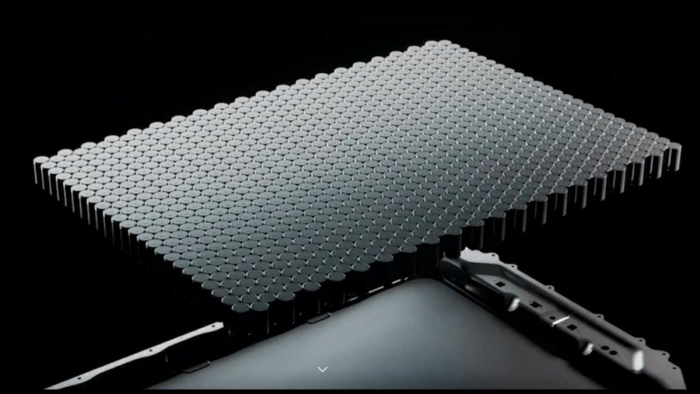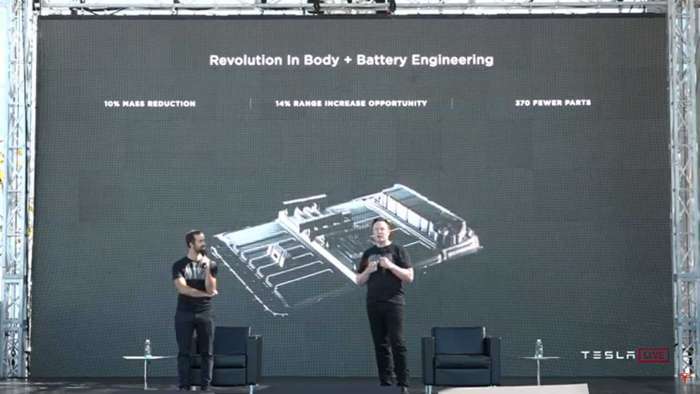Last week Tesla unveiled its first quarter results: an impressive start to the year has basically produced the company's highest income in its history. All indicators are shown in green, including the use of cobalt-free batteries; in recent years, Elon Musk began promoting the use of LFP batteries in Tesla so as not to depend so much on the volatile prices of raw materials such as nickel and cobalt.
Although lithium-ion batteries are the most widely used in the industry, in comparison LFP (lithium iron phosphate) batteries also have considerable weight: in addition to being cheaper to produce, its implementation eliminates dependency on certain materials, suppliers and tariffs directly affecting the supply chain. However, a less positive part is that they show a somehow lower energy density index, which means significantly lower performance, with a slightly shorter autonomy.

Despite these drawbacks, Tesla has been working for the last few years to take the capacity and qualities of LFP batteries to a new level; for the company, this endeavor makes sense by all means. Hardly any qualities are lost and much more stability is gained, although in recent times access to materials such as nickel has not been particularly easy either; which in turn has forced Tesla to increase the price of its cars repeatedly in recent past.
.@Tesla disclose that nearly half of the #electricvehicles it produced this year were equipped with #Lithium iron phosphate (LFP) #batteries – a cheaper rival to the nickel-and-cobalt based cells that dominate in the Westhttps://t.co/OL6QmDxiCv via @Reuters #energytransition pic.twitter.com/TXolCaCd2N
— Bluegrace_Energy (@BluegraceEnergy) April 29, 2022
Analyzing the results of the first quarter of the year, Tesla basically presented some specific data in more detail, such as the production of batteries and their types: almost half of the batteries used already have an LFP cell structure. The massive sale of units of the standard Tesla Model 3 and Tesla Model Y can be pointed out as the cause of this increase in the use of nickel and cobalt free batteries, as they are currently the company's best-selling EV models, mainly due to their great commercial success in China.

“Diversifying battery chemistry is critical to long-term capacity growth to better optimize our products for their various uses and expand our supplier base. That is why almost half of Tesla vehicles produced in the first quarter were equipped with a lithium iron phosphate (LFP) battery, which does not contain nickel or cobalt. Today, LFP batteries are used in most of our standard range vehicle products as well as commercial energy storage applications”, according to Tesla.

The next logical step is widespread implementation of 4680 cells. Tesla's new generation of structural batteries is already being used in some vehicles manufactured in the United States. The 4680 cells are set to revolutionize the industry, offering a simplified and cheaper assembly process, as well as higher performance with better autonomy. The first Tesla Model Y models with this system are already circulating, acting as a sort of guinea pigs that will help solve many of the problems traditionally presented by current batteries.
All images courtesy of Tesla Inc.
Nico Caballero is the VP of Finance of Cogency Power, specializing in solar energy. He also holds a Diploma in Electric Cars from Delft University of Technology in the Netherlands, and enjoys doing research about Tesla and EV batteries. He can be reached at @NicoTorqueNews on Twitter. Nico covers Tesla and electric vehicle latest happenings at Torque News.











